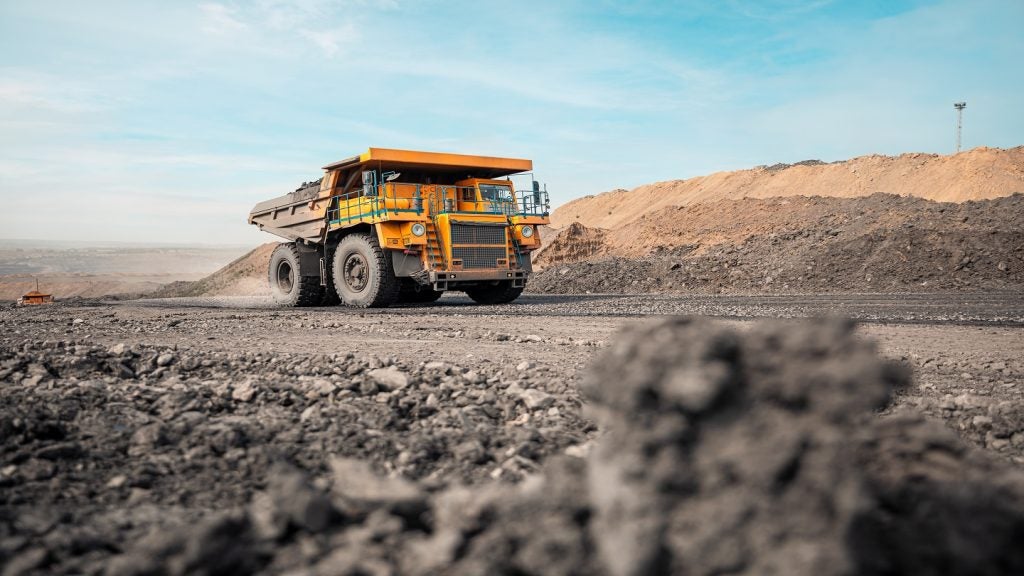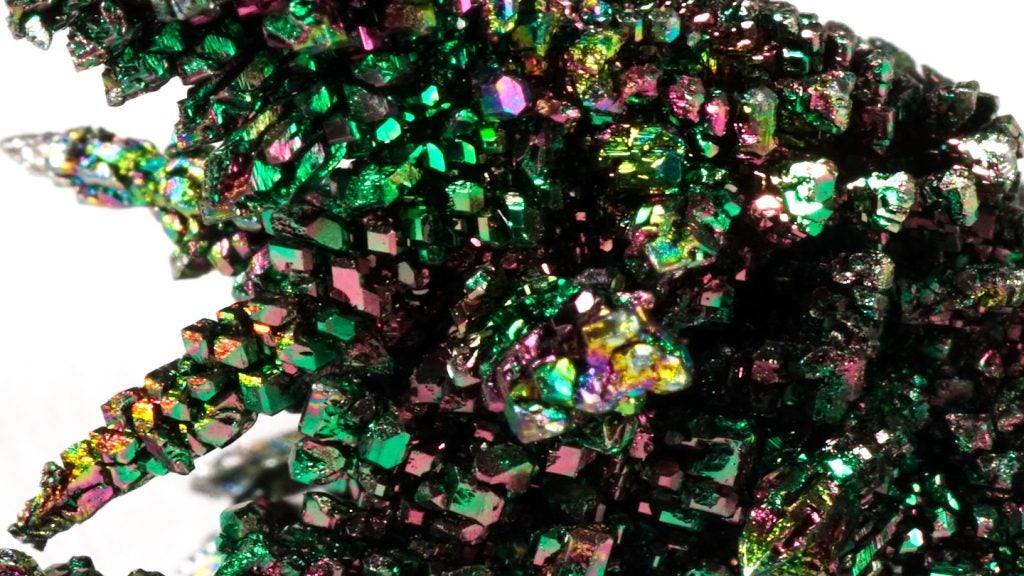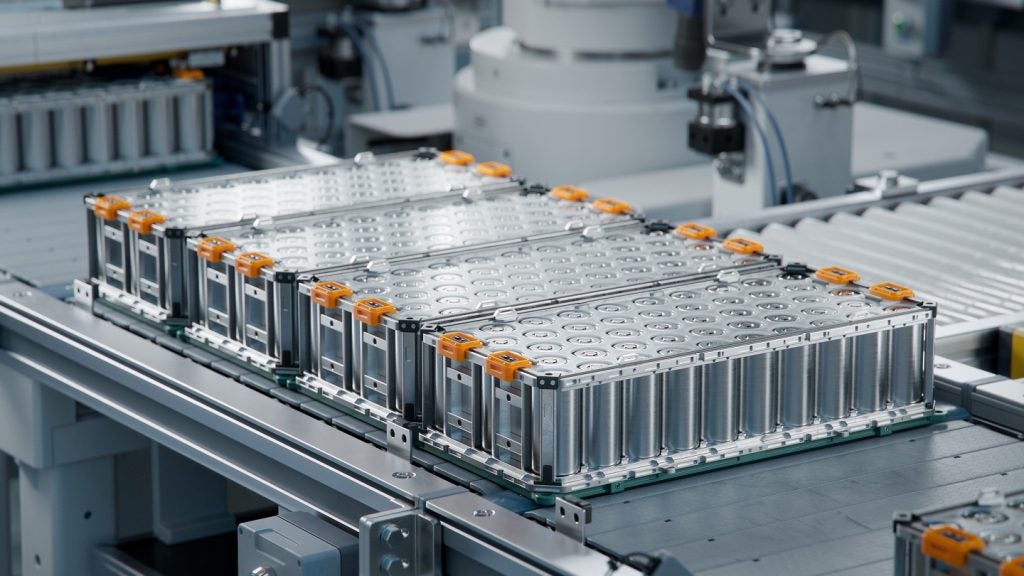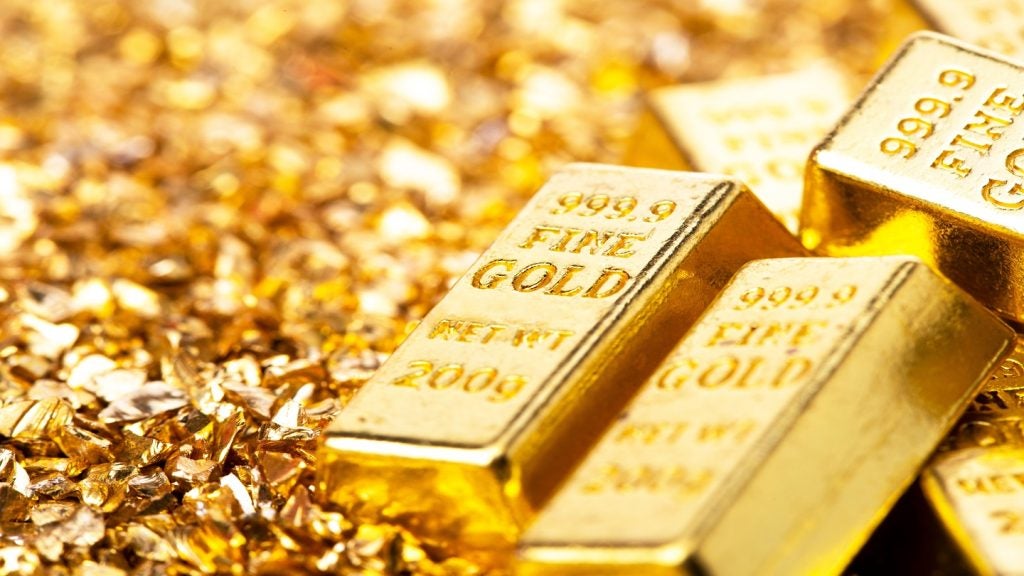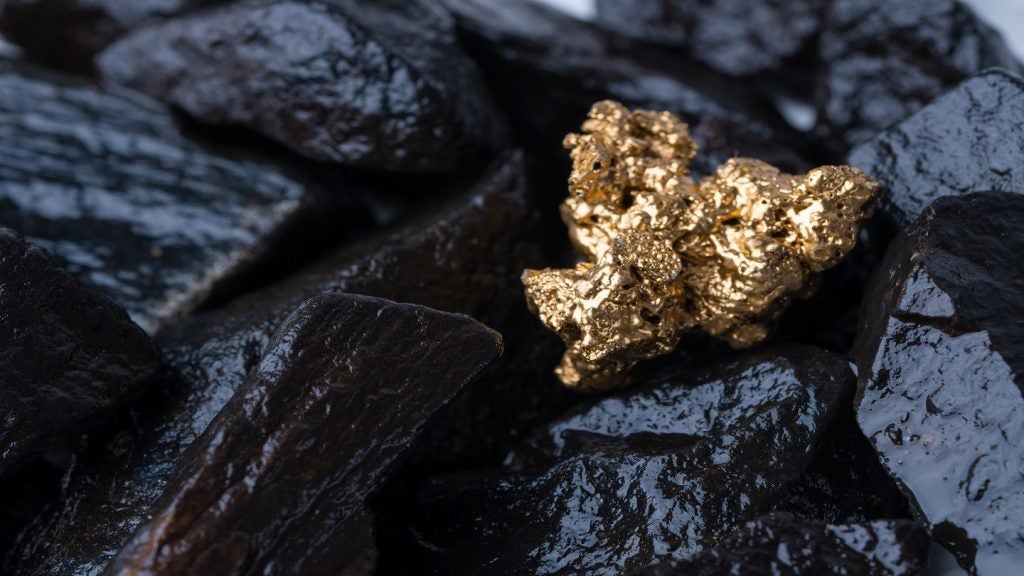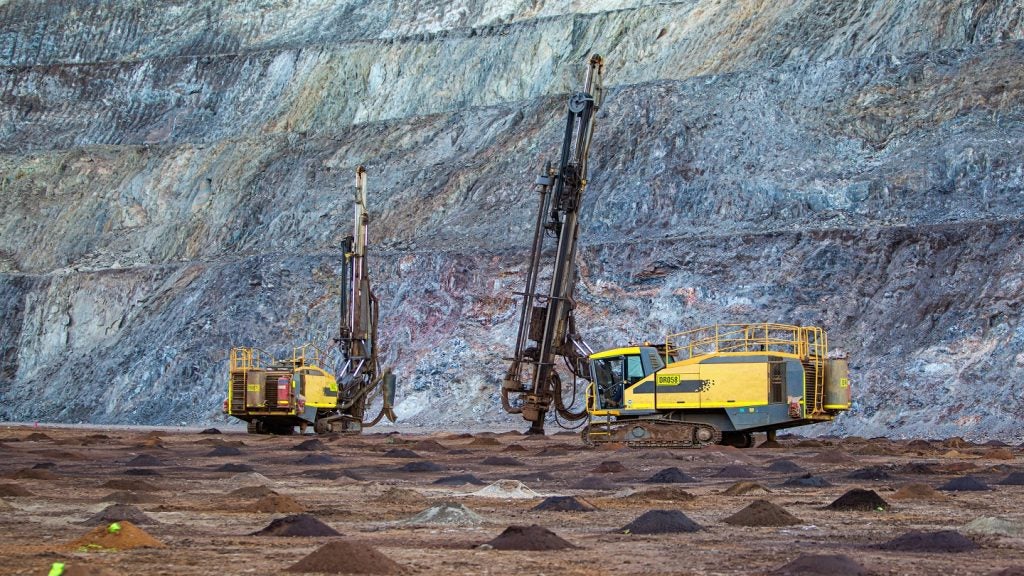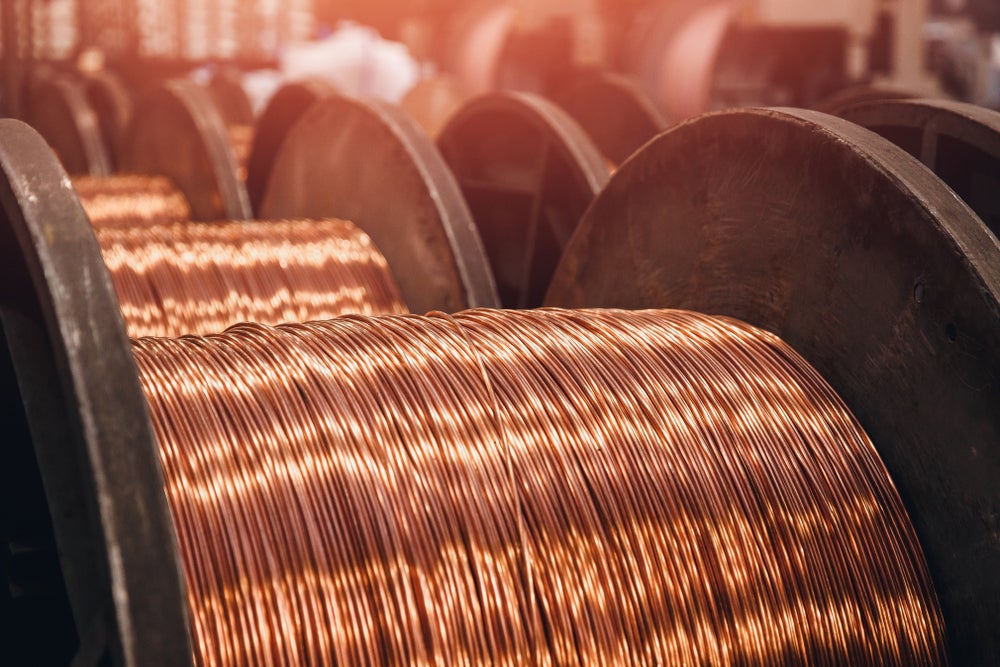St Barbara, an Australian mining company, has announced plans to boost gold production at its Simberi mine in Papua New Guinea after harnessing AI-driven algorithms to classify mineralisation.
The collaboration with Stratum AI has led to the identification of CIL treatable sulphides, which were previously deemed unsuitable for the existing CIL circuit.
Stratum's AI algorithms will be used to model sulphur and other oxidation indicators, improving the classification of oxide and sulphide mineralisation.
St Barbara has stated that the anticipated increase in production is a result of additional delineation work on material available for processing and the expected achievement of targeted mining rates and processing plant availabilities.
The company's primary goal with this modelling is to uncover additional mineralisation that is amenable to CIL treatment, which may have been missed with the current material-type classification methods.
The AI-based approach is set to allow for the reclassification of 3.7 million tonnes at 1.2 grams per tonne of gold, equating to an additional 143koz of CIL treatable material.
This represents a significant increase compared with the current mineral resource model material-type classifications.
The company now aims to increase output to between 70,000oz and 75,000oz for FY25–FY27.
St Barbara managing director and CEO Andrew Strelein said: “The work achieved with Stratum AI has been highly effective in enabling the Simberi team to delineate more ore, which can be treated with the existing CIL plant.
“The increased confidence built from the practical application of the AI work in the last quarter has given us the confidence to reclassify our material types under this new method and add 143,000oz of material that can be processed through the existing circuit.
“In addition, this allows us to plan for a stable annual gold production target over the next three years of 70,000–75,000oz in the lead up to transition to production of a gold concentrate from the sulphide ores.”


